France travel tips
France travel tips: Iconic landmarks like the Eiffel Tower, rich cultural heritage, renowned cuisine, picturesque landscapes, and a profound influence on art.
Regions 🌎
France travel tips. Here is a list of all the regions of the France.

Auvergne-Rhône-Alpes

Bourgogne-Franche-Comté

Brittany (Bretagne)

Centre-Val de Loire
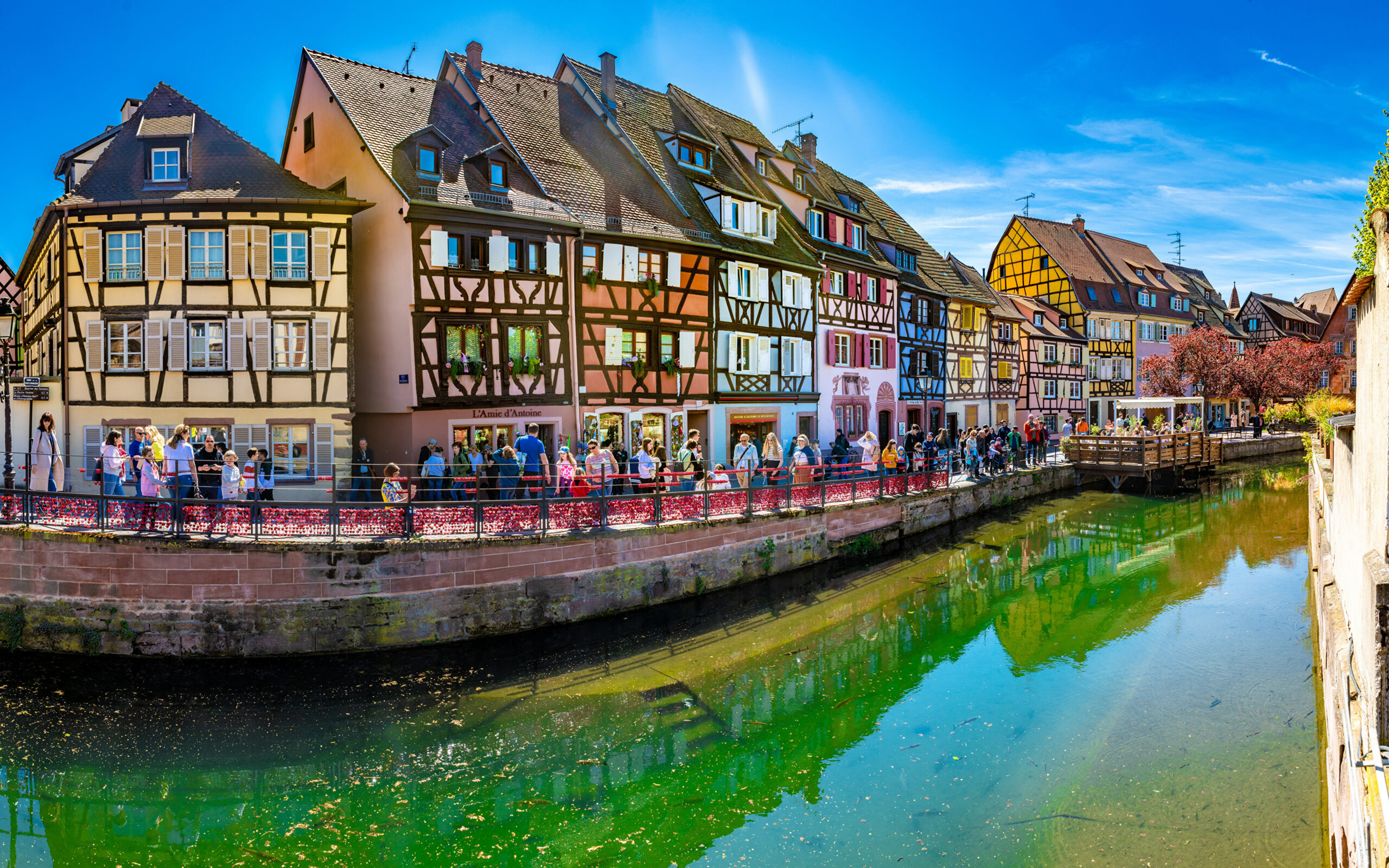
Grand Est
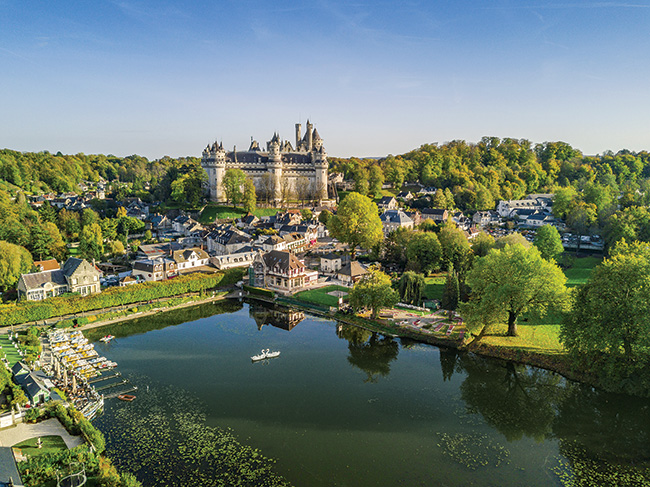
Hauts-de-France
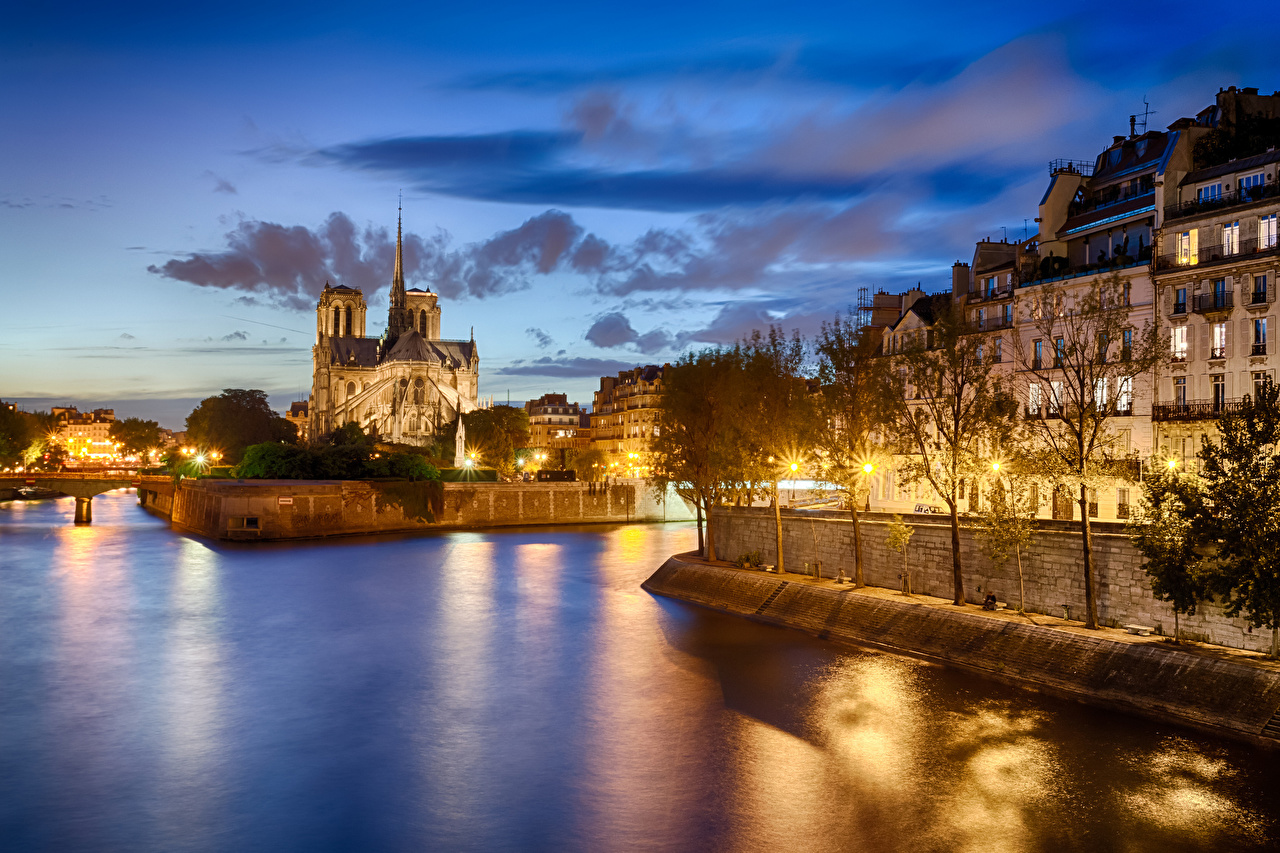
Île-de-France
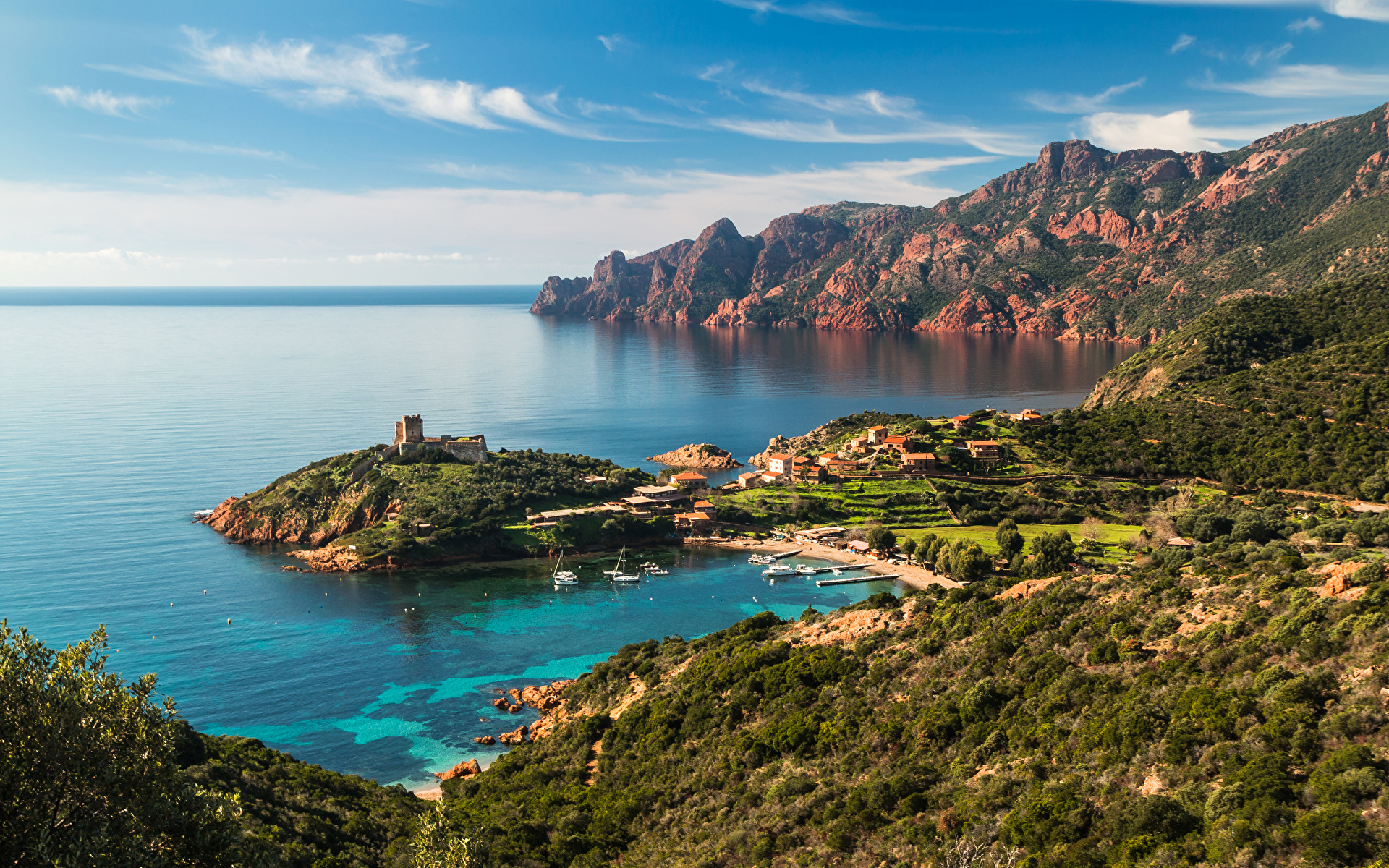
Corsica (Corse)
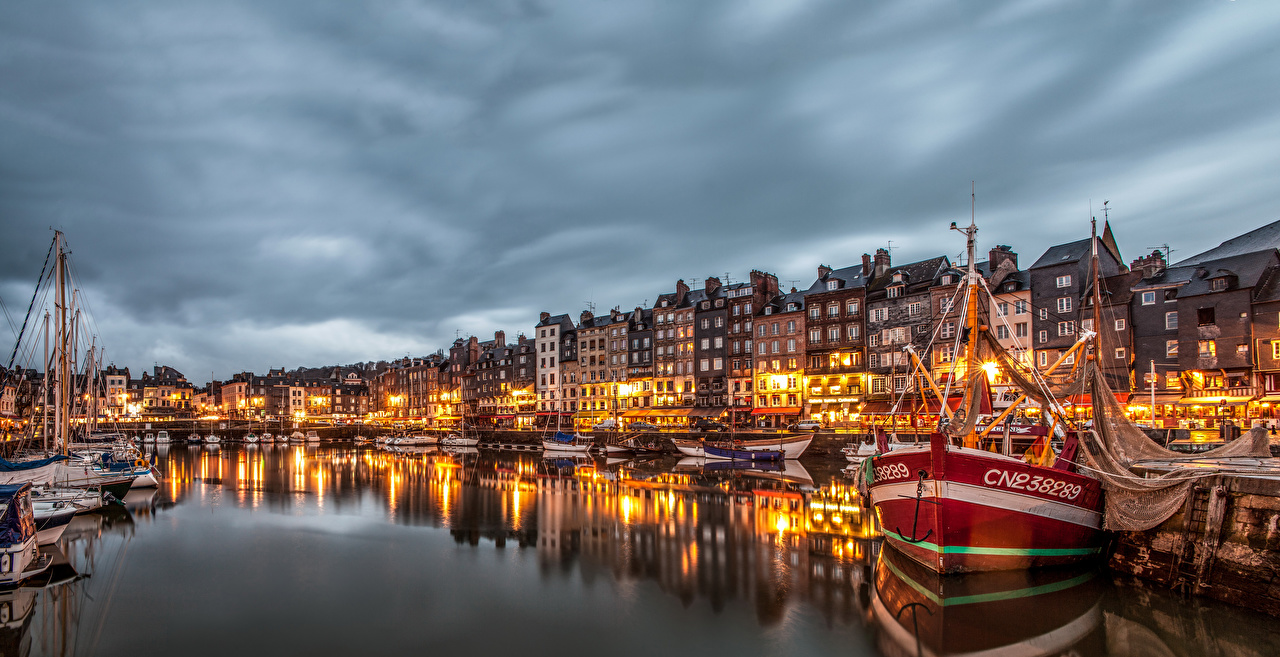
Normandy (Normandie)
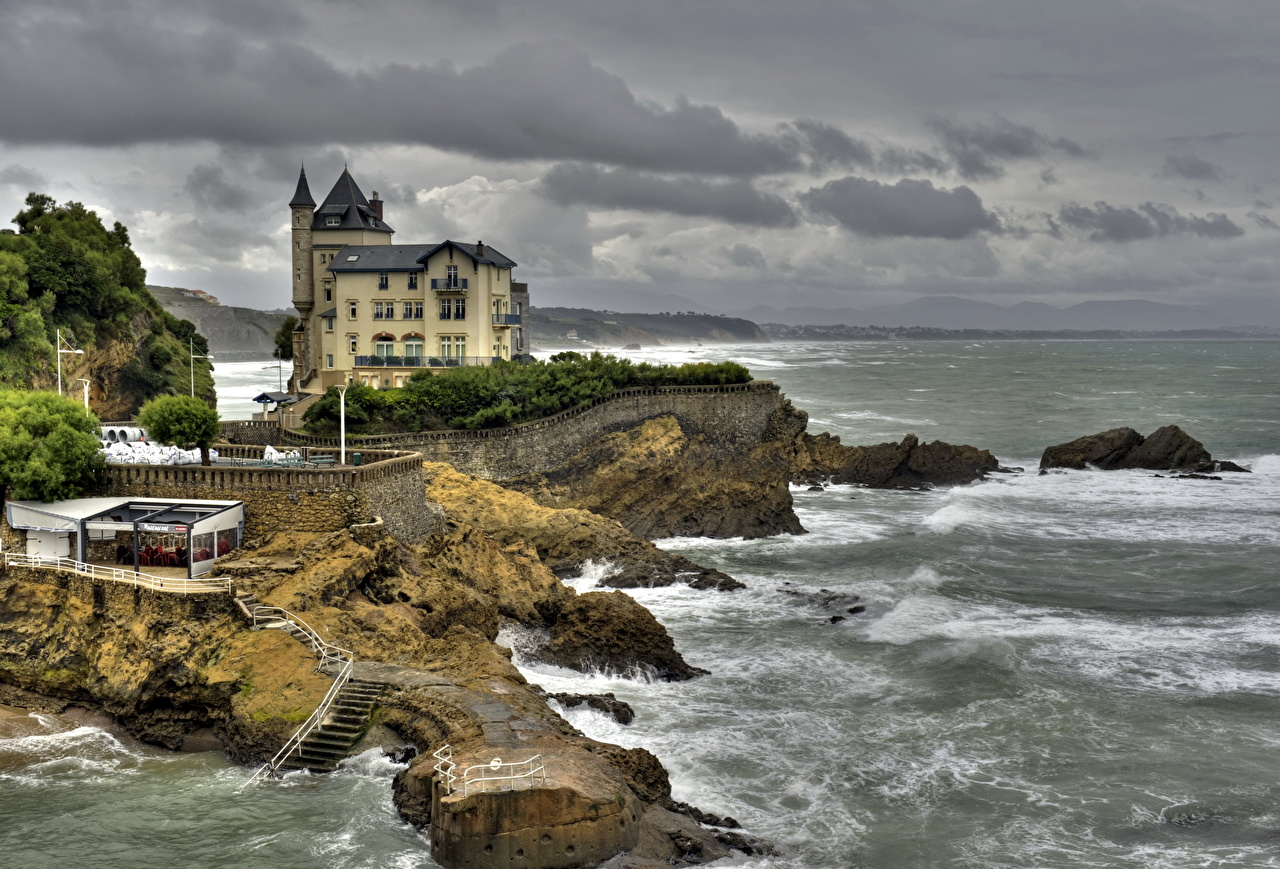
Nouvelle-Aquitaine

Occitanie
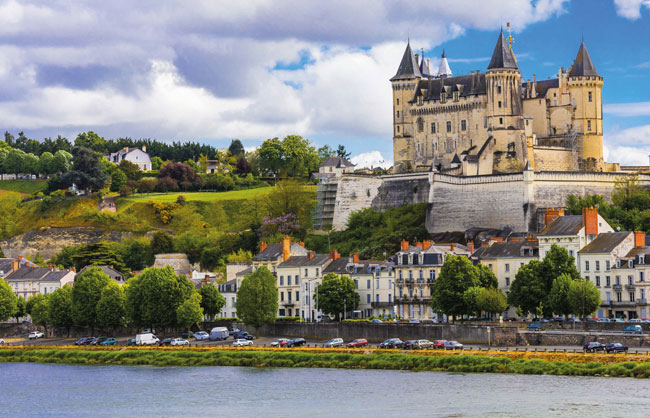
Pays de la Loire

Provence-Alpes-Côte d’Azur
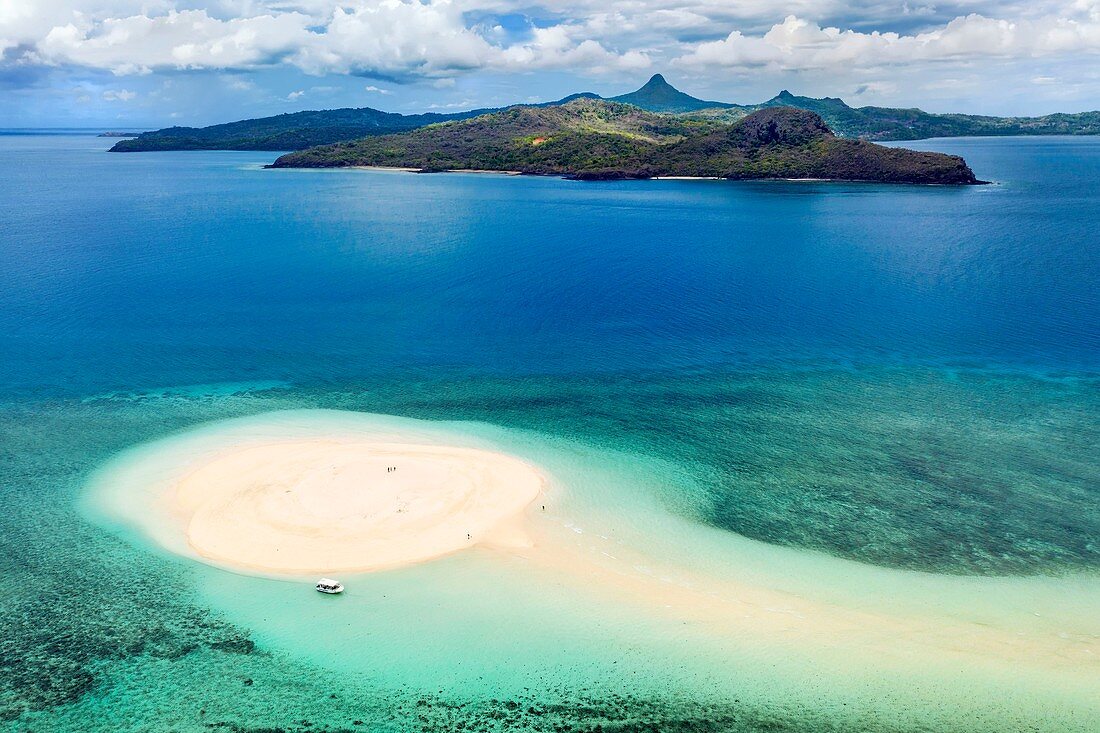
Mayotte

Glorioso Islands
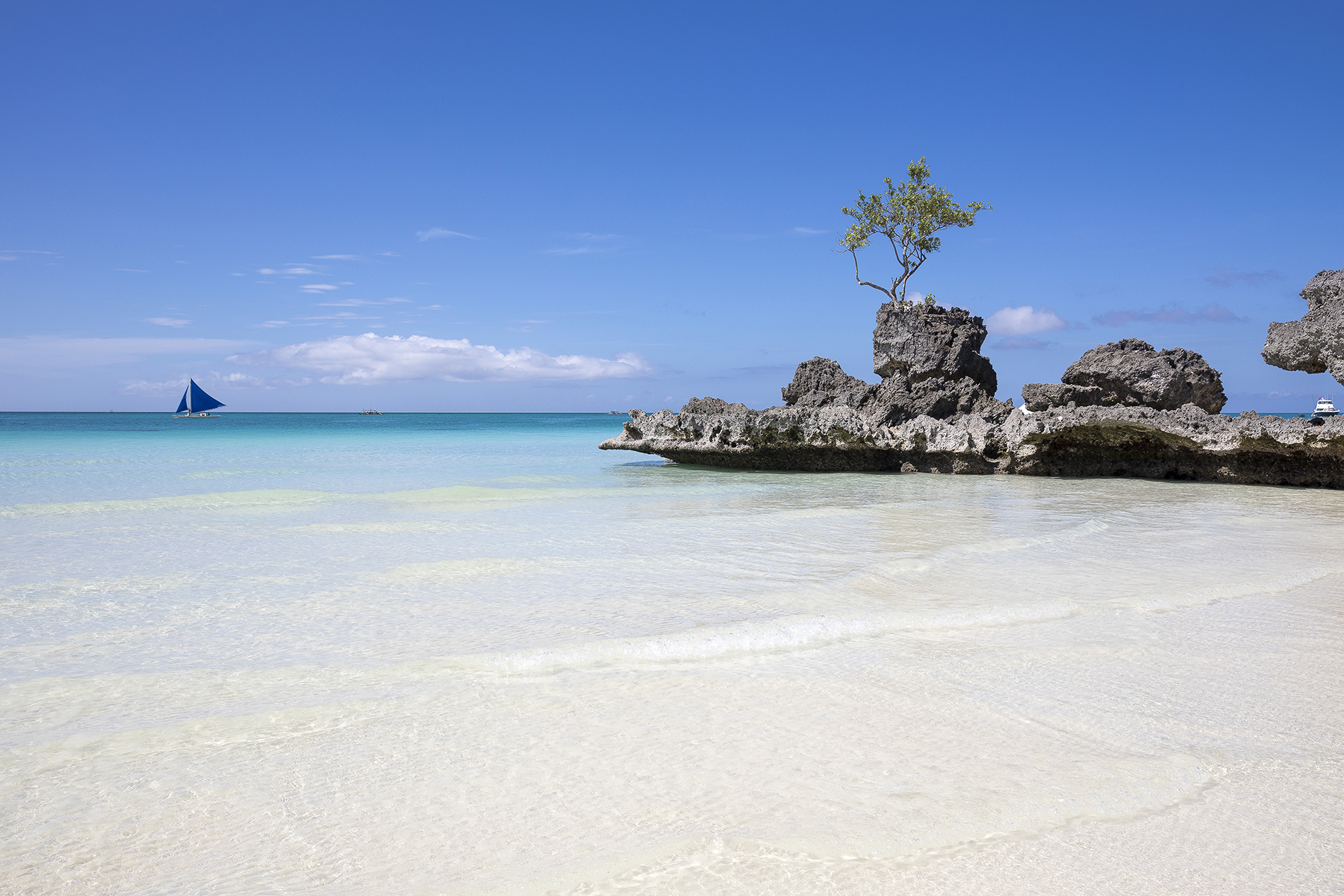
Juan De Nova Island
Before you go 🛩
Important information you should know before your trip
Info
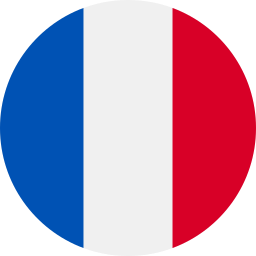
Capital | Paris
Flag Codes:
ISO alpha-2 FR,
ISO alpha-3 FRA
Currency
Badge | Euro
CODE | EUR
NUMBER | 978
SYMBOL | €
FRACTION | Penny
Mobile Coverage
Dialing Code | +33
SIM Card
Coverage | 3G / 4G / 5G |
Mobile Networks | Bouygues Telecom | Free (sans itinérance) | Orange Mobile | SFR Mobile |
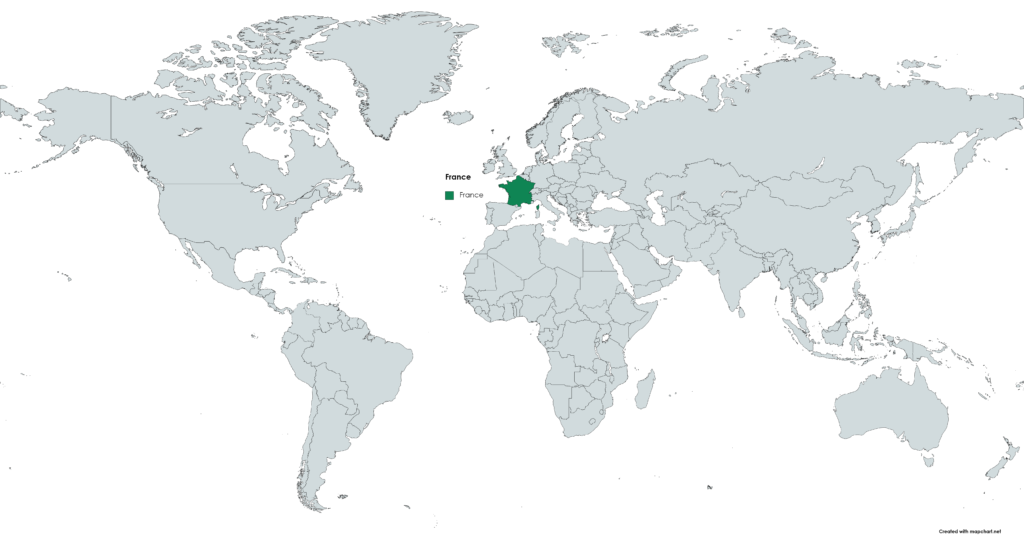
Location
France is a country located in Western Europe, bordered by Belgium, Luxembourg, and Germany to the northeast, Switzerland and Italy to the east, the Mediterranean Sea to the south, Spain to the southwest, and the Atlantic Ocean to the west and northwest. It also includes several overseas territories and departments located in other parts of the world, such as French Guiana in South America, Martinique and Guadeloupe in the Caribbean, and Reunion Island in the Indian Ocean. The capital city of France is Paris, which is located in the north-central part of the country.
Currency
The currency of France is the Euro (EUR).
France adopted the euro as its official currency on January 1, 2002.
Before that, the currency used was the French Franc (FRF).
Languages
The official and main language of France is French. French is a Romance language that is spoken throughout the country and is one of the most studied and spoken languages in the world. It is the mother tongue of around 88% of the French population and is also spoken in some regions of neighboring countries, such as Belgium, Switzerland, Canada and some African countries.
In addition to French, there are some regions of France where other regional languages are spoken, such as Breton in Brittany, Occitan in the south of France, Alsatian and Flemish in the northeast, among others. These regional languages are not officially recognized by the French government, but they remain an important part of the culture and identity of the communities that speak them.
Climate 🌡
France has a variety of different climates due to its large size and diverse topography, but overall it has a temperate climate with mild winters and relatively cool summers.
In the north and northwest regions, including Paris and Normandy, the climate is influenced by the Atlantic Ocean and is characterized by mild temperatures and frequent rainfall throughout the year. The average temperature in Paris ranges from about 4°C (39°F) in January to 20°C (68°F) in July.
In the eastern regions, including Alsace and Lorraine, the climate is influenced by the continental interior, with cold winters and warm summers. The average temperature in Strasbourg, located in Alsace, ranges from about 0°C (32°F) in January to 23°C (73°F) in July.
In the Mediterranean regions, including the French Riviera and Provence, the climate is warm and sunny, with mild winters and hot summers. The average temperature in Nice, located on the French Riviera, ranges from about 7°C (45°F) in January to 26°C (79°F) in August.
In the mountainous regions, including the Alps and Pyrenees, the climate is generally colder with more snowfall, and summer temperatures are cooler than in other regions. The average temperature in Grenoble, located in the French Alps, ranges from about -1°C (30°F) in January to 22°C (72°F) in July.
France travel tips
If you’re planning a trip to France, here are some travel tips to enhance your experience:
Regional Diversity:
Enjoy diverse regions—Provence for lavender fields, French Riviera for beaches, Alps for skiing, and more.
Cuisine Exploration:
Savor French cuisine. Try local markets, bistros, and indulge in wine and cheese.
Museum Pass:
Consider a Paris Museum Pass for access to major attractions without waiting in line.
Countryside Retreats:
Explore charming villages and countryside for a more relaxed experience.
Transportation:
Efficient trains (SNCF) connect cities. Use Paris Métro. Consider a Eurail pass for multi-city travel. View Guide.
Fashion Sense:
Paris is a fashion capital. Dress stylishly, especially when exploring the city.
Health Insurance:
Ensure travel insurance covers medical expenses. European Health Insurance Card (EHIC) may provide additional benefits.
Enjoy your time in France!

The best of the best
France is known for its world-renowned cuisine, and there are many delicious and iconic dishes that are associated with the country.

Croissants
A buttery, flaky pastry that is often enjoyed for breakfast or as a snack.
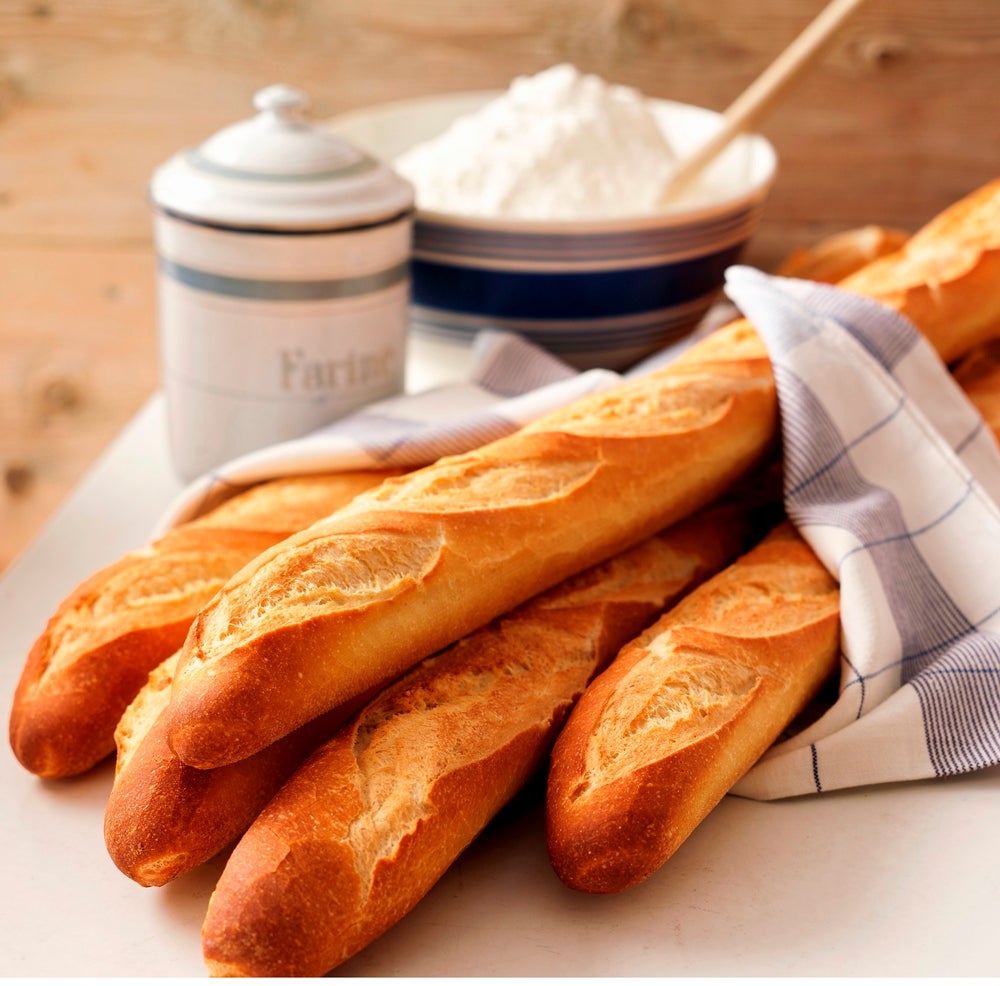
Baguette
A long, thin loaf of bread with a crispy crust and soft, chewy interior.
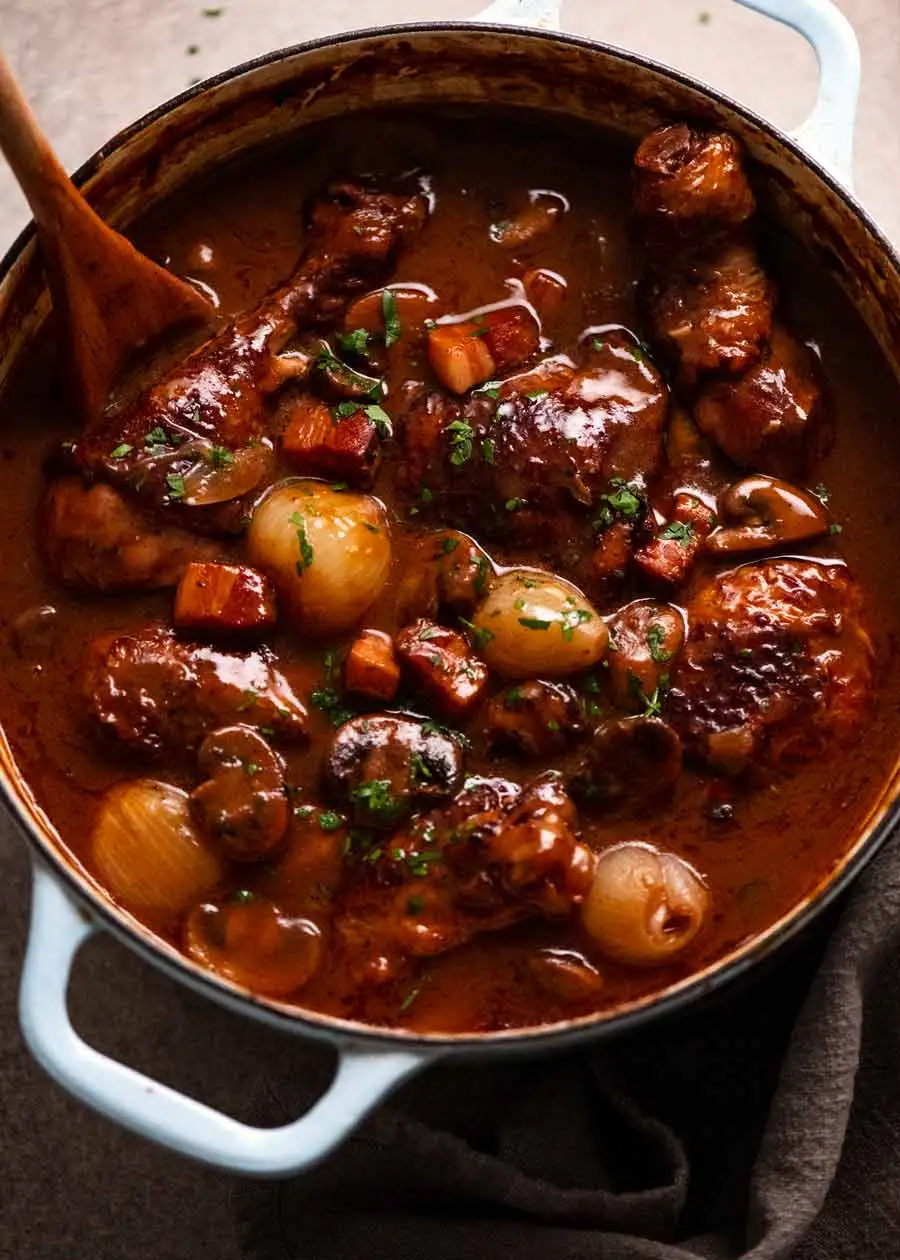
Coq au Vin
A rich, savory stew made with chicken, red wine, bacon, mushrooms, and onions.
Some of the most popular traditional French foods include:
Ratatouille: a vegetable stew made with eggplant, zucchini, tomatoes, onions, garlic, and herbs.
Beef Bourguignon: a slow-cooked beef stew made with red wine, bacon, mushrooms, and onions.
Escargots: cooked snails that are often served in garlic butter.
Quiche: a savory pie made with eggs, cheese, and vegetables or meat.
French Onion Soup: a hearty soup made with caramelized onions, beef broth, and bread topped with melted cheese.
Steak Frites: grilled steak served with crispy French fries.
Crème Brûlée: a creamy, custard dessert with a caramelized sugar topping.
French cuisine is diverse and influenced by regional specialties, so there are many other unique and delicious dishes to try as well.
Transportation 🚥
More information about this country
Choose your destination 📍🗺
Useful Links ✅







